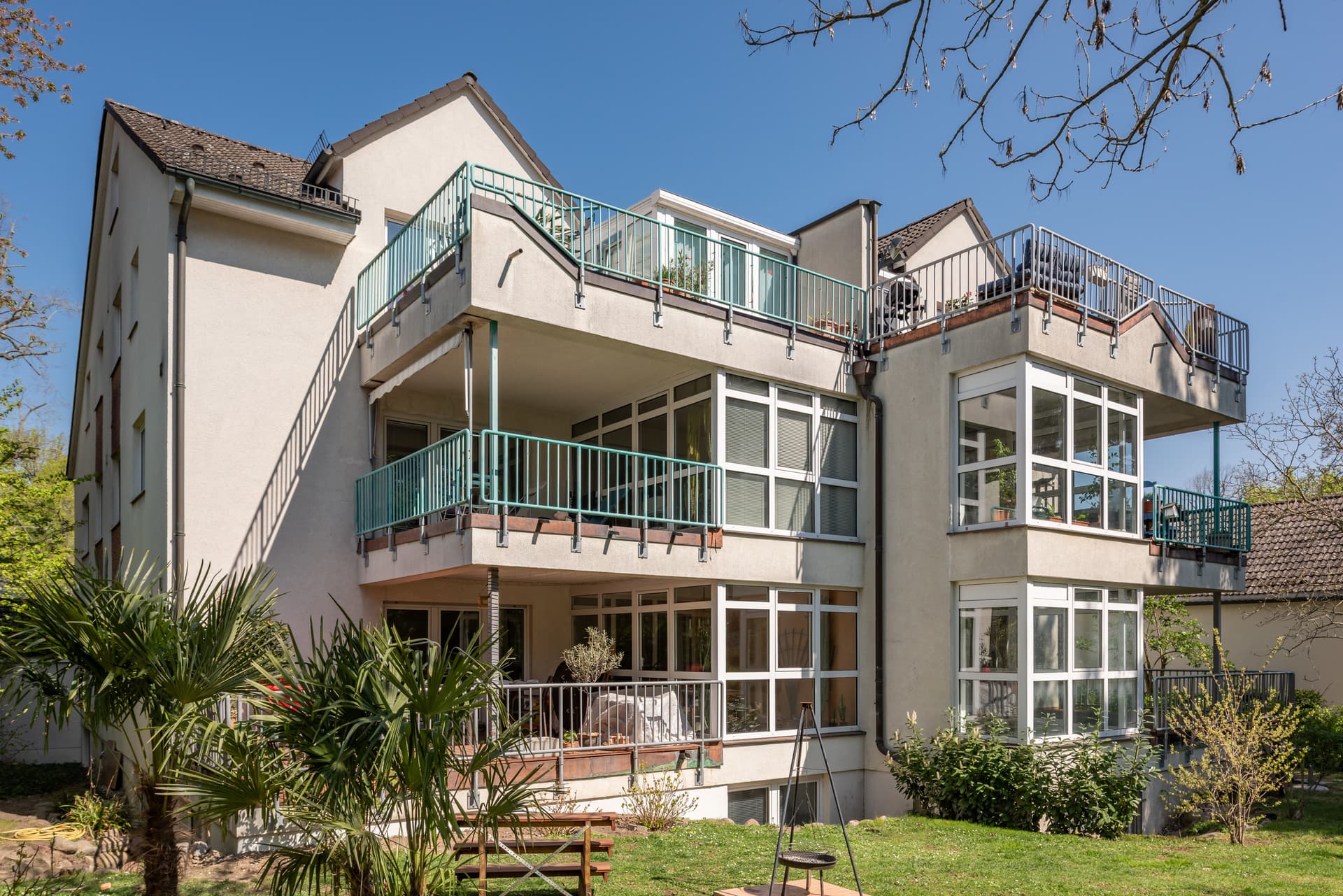Buying or renting – 3 steps in the decision-making process

09.
November 2023
Young people usually live in rented accommodation. This is understandable considering their limited financial resources and the often unclear situation regarding a permanent place of residence. However, at some point, the question arises whether it makes sense to continue renting or to buy a property.
Germany is the number one rental nation in the European Union. According to the Federal Statistical Office, the proportion of people living in rented accommodation in Germany was 50.5% in 2021 – the highest within the EU. Austria and Denmark follow in second and third place with 45.8% and 40.8%, respectively. In France, 35.3% of the population are renters. Romania has the lowest percentage of renters, with only 4.7%.The percentage of renters in the German population is exceptionally high. We want to explore the reasons that support renting or buying a property and discuss how renters can also plan for their retirement. It is not just about the monthly rent or property interest rates; specific factors such as the return on equity and personal preferences regarding lifestyle also play a crucial role in decision-making.
Step 1: Weighing Personal Preferences
First and foremost, it is about assessing one's own life situation. Renters, for example, benefit from greater flexibility in their life planning, as renting provides the option for easier relocation. However, this flexibility is not as strong as it used to be, especially in metropolitan areas where rents have risen significantly. Nowadays, when changing residences, one almost always expects a higher rental burden. On the other hand, property owners enjoy the advantage of independence from a landlord.
Step 2: Purchase Price to Rent Ratio
For those considering property ownership for the first time, examining the purchase price-to-rent ratio is essential. To calculate this, prices for similar properties in the region offered for both rent and purchase are compared. Comparable properties should have similar values in terms of living space, year of construction, and amenities, among other factors. The purchase price-to-rent ratio is calculated by dividing the offered purchase price by the annual cold rent.
Example Calculation of Purchase Price-to-Rent Ratio:
A 100 square meter condominium is offered for 350,000 euros. The cold rent for an equally sized rental apartment is 15 euros per square meter, totaling 1,500 euros per month and 18,000 euros per year (annual cold rent).
Now, divide the purchase price by the annual cold rent (350,000 / 18,000) to get a purchase price-to-rent ratio of approximately 19.4.
In this case, the purchase price is roughly 19 times the rent.
A rule of thumb in real estate states that up to a factor of 20, the purchase price compared to the rent is relatively inexpensive, and beyond a factor of 25, it is relatively expensive.
In this example, the purchase price for the property would be considered relatively affordable.
Step 3: Consider Alternative Investment Forms
For those choosing not to buy a condominium or a house, exploring alternative investment forms is crucial. Acquiring property also means investing in a generally secure asset. Those who become property owners at a good price automatically contribute to their retirement savings. While renters do not build real estate wealth, there are alternative investment forms that can support retirement planning. Especially for those who live relatively cheaply as renters, investing a portion of their income in the long term and with a focus on returns is advisable. The advantage is that, unlike property purchases, one does not have to invest the majority of their wealth in a single financial asset, allowing for a more diversified portfolio.
Conclusion: A Significant Decision Worthy of Careful Consideration
The decision to purchase a property is, in most cases, a long-term commitment in life. It is advisable not to rush this decision, as one may spend a significant portion of their life in that place. Additionally, property ownership provides the opportunity to build long-term financial security. While renting may offer more flexibility, renters miss the chance to strengthen their retirement through homeownership. Property ownership thus emerges as one of the best forms of long-term financial security.